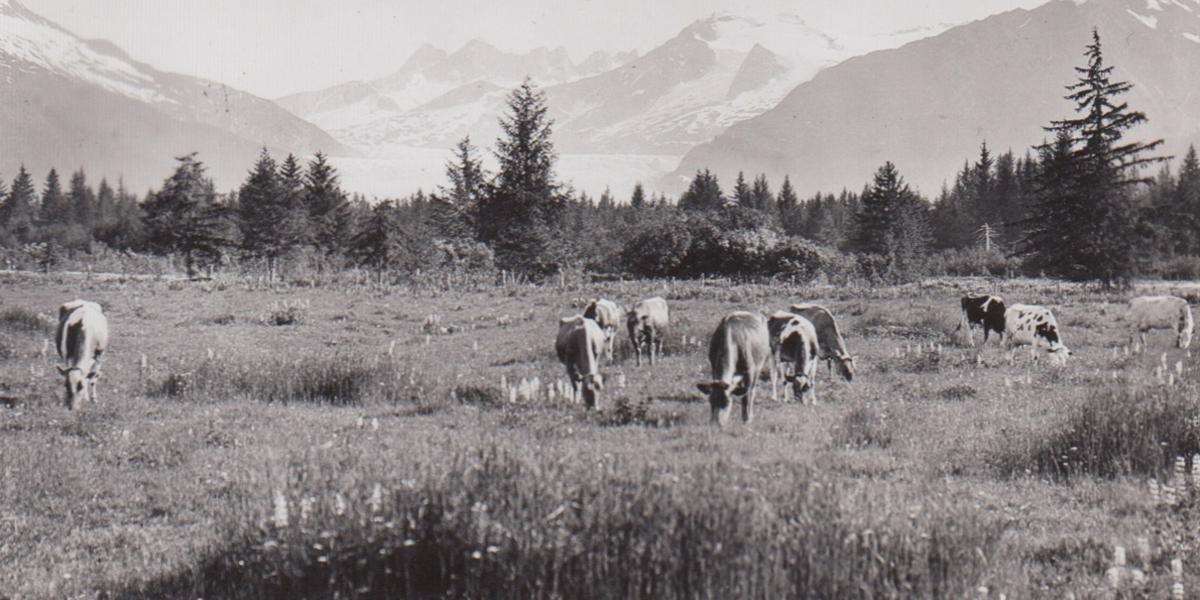

Life in Early Juneau
Fish Wheels, Dairy Farms and the Fourth of July
Things sure were different around these parts in the 1880s and 90s (the 1980s and 90s, too, but that’s a whole different hyperlink).
The Gold Rush brought not only miners and prospectors, but also trading posts, saloons and missionaries; and, soon after, territorial government. Despite the steady encroachment of civilization, however, survival remained the primary concern.
Integrating Native weaving and fishing techniques with “modern” technology, early Juneauites constructed giant fish wheels, designed to catch salmon en masse. These floating water-powered mills -- complete with paddles and baskets -- proved so effective their use was ultimately banned, except for permitted subsistence fishers and to help biologists monitor salmon populations.
Almost as valuable a commodity as gold: fresh milk. At one time, several dairies operated in Juneau, in such unlikely locations as the Mendenhall wetlands, where cows grazed in the glacial floodplain. Sadly, Juneau’s dairy bubble burst in the mid-1960s and none remain; otherwise, we’d make you some fresh local cream cheese to go with your fresh local smoked salmon.
Life entailed hard work back then, all the time. In fact, the mines and mills ran non-stop, except for two days a year: Christmas and Independence Day. Dating back at least as far as 1898 -- 61 years before statehood -- Juneauites threw elaborate July 4th festivities. We’re talking horse-drawn parades, canoe races, pie-eating contests and performances by the fire department band. Independence Day remains a favorite holiday in Juneau, which, every year, is the first city in the US to celebrate the Fourth, at the stroke of midnight (when it finally gets dark enough for the fireworks display).


